What Does FIP Mean in Plumbing? A Beginner's Guide to Plumbing Terms
If you’ve ever looked into plumbing repairs or installations, you may have come across terms like FIP, MIP, or NPT. For beginners, these acronyms can feel like a foreign language. Understanding these terms is essential for making informed decisions about your plumbing system. In this blog, we’ll explore what FIP means and break down some common plumbing terms to help you navigate the world of plumbing with confidence.
What Does FIP Stand For?
FIP stands for Female Iron Pipe. It’s a type of threaded fitting that connects to a Male Iron Pipe (MIP) fitting. These terms describe how the threads on the pipes or fittings are designed:
- FIP (Female Iron Pipe): Threads are on the inside of the fitting, allowing it to connect to external threads (like on an MIP fitting).
- MIP (Male Iron Pipe): Threads are on the outside of the fitting, designed to screw into an FIP fitting.
FIP fittings are commonly used in residential and commercial plumbing systems for connecting pipes, valves, and other components. They ensure a tight, leak-proof seal when installed correctly.
Other Common Plumbing Terms You Should Know
Understanding FIP is just the beginning. Here are some additional plumbing terms that are helpful to know:
- NPT (National Pipe Thread)
NPT is the standard thread type used in plumbing fittings in the U.S. Both FIP and MIP fittings typically use NPT threading, ensuring compatibility across different components. - Compression Fittings
These fittings use a compression ring to create a watertight seal without the need for threading. They’re often used for connecting pipes in tight spaces. - PVC (Polyvinyl Chloride)
A lightweight plastic material commonly used for plumbing pipes. PVC pipes are durable, corrosion-resistant, and easy to install, making them a popular choice for drain and vent systems. - PEX (Cross-Linked Polyethylene)
A flexible, durable plastic piping material often used in modern plumbing systems. PEX is ideal for hot and cold water supply lines due to its ability to expand and resist freezing. - Coupling
A fitting used to join two pipes together. Couplings can be threaded, soldered, or glued, depending on the pipe material. - Elbow
A fitting that changes the direction of a pipe, typically at a 90° or 45° angle. Elbows are essential for navigating complex plumbing layouts. - Teflon Tape
Also known as plumber’s tape, this thin, white tape is used to seal threaded pipe joints and prevent leaks.
Why Understanding Plumbing Terms Matters
Knowing the basics of plumbing terminology can save you time, money, and stress:
- Communication: You’ll be able to clearly explain issues to your plumber or understand what they’re recommending.
- DIY Repairs: Understanding terms like FIP and NPT can help you choose the right fittings for minor repairs.
- Better Decisions: When installing or upgrading plumbing, knowing the terminology ensures you select the best options for your needs.
Let’s Solve Your Plumbing Puzzle Together
Have more questions about FIP fittings or other plumbing terms? Don’t hesitate to reach out! Contact Charlotte Plumbing today for expert advice, quality service, and solutions tailored to your needs. We’re here to make your plumbing system easy to understand and reliable for years to come.
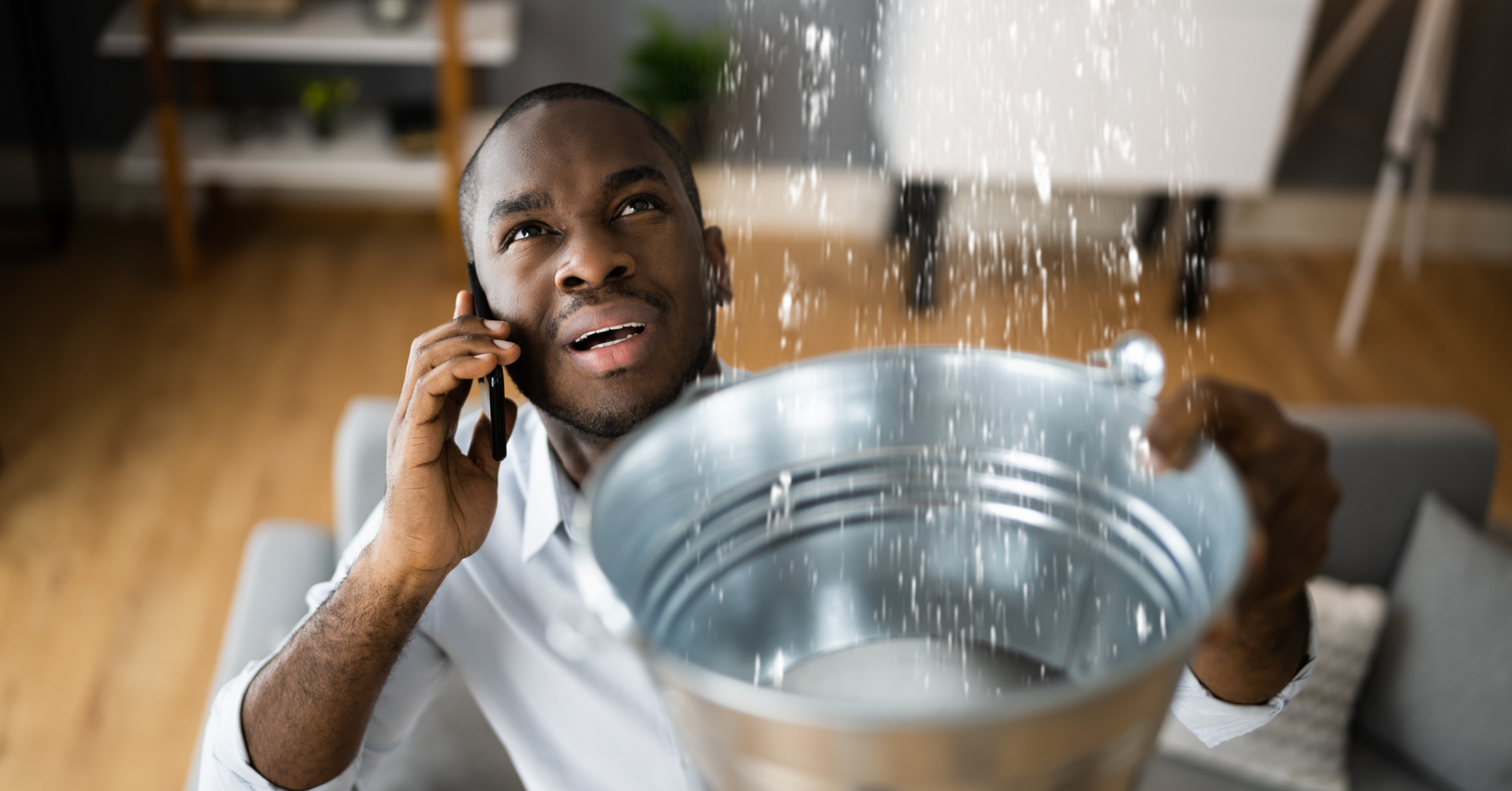

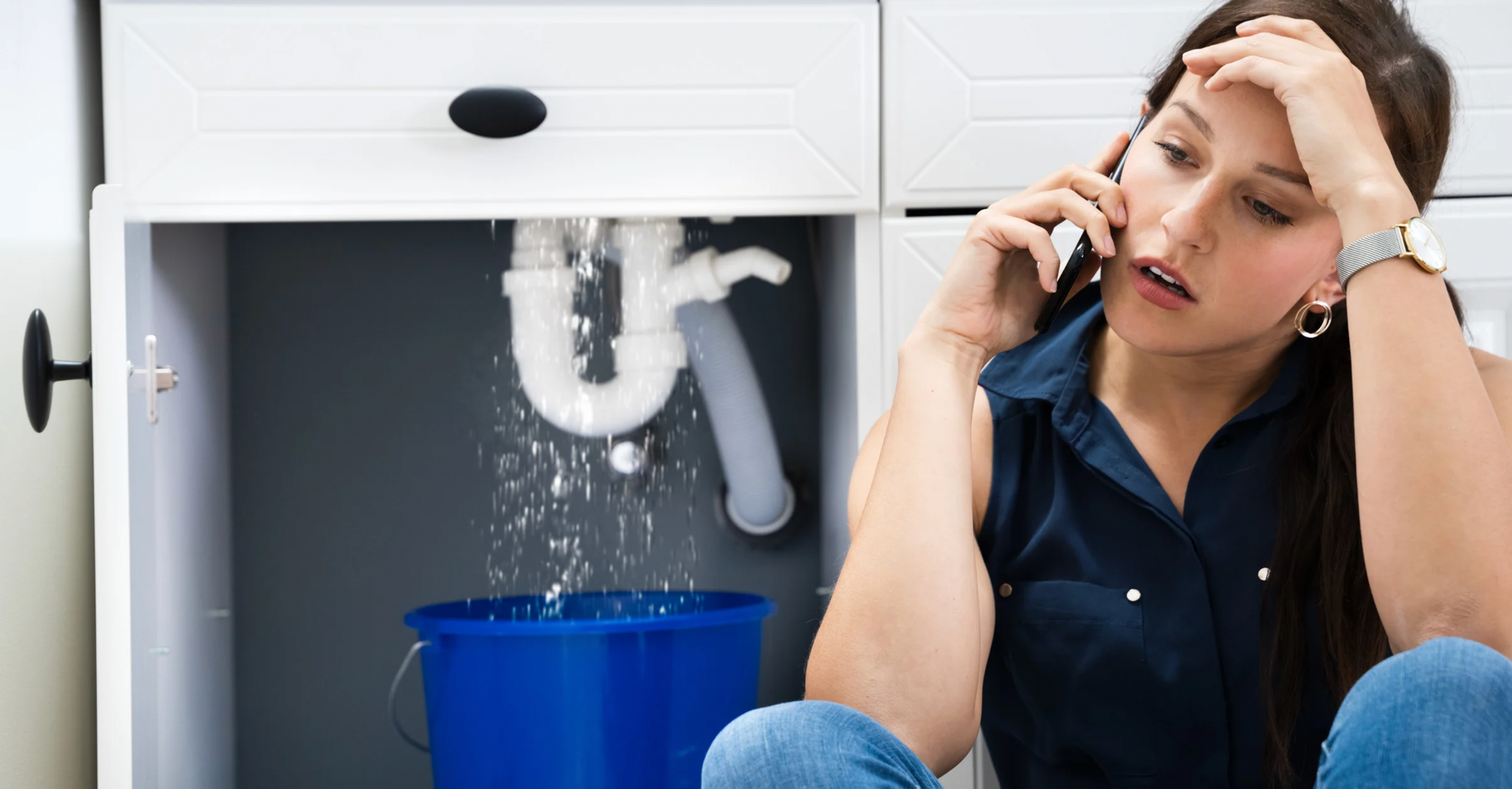
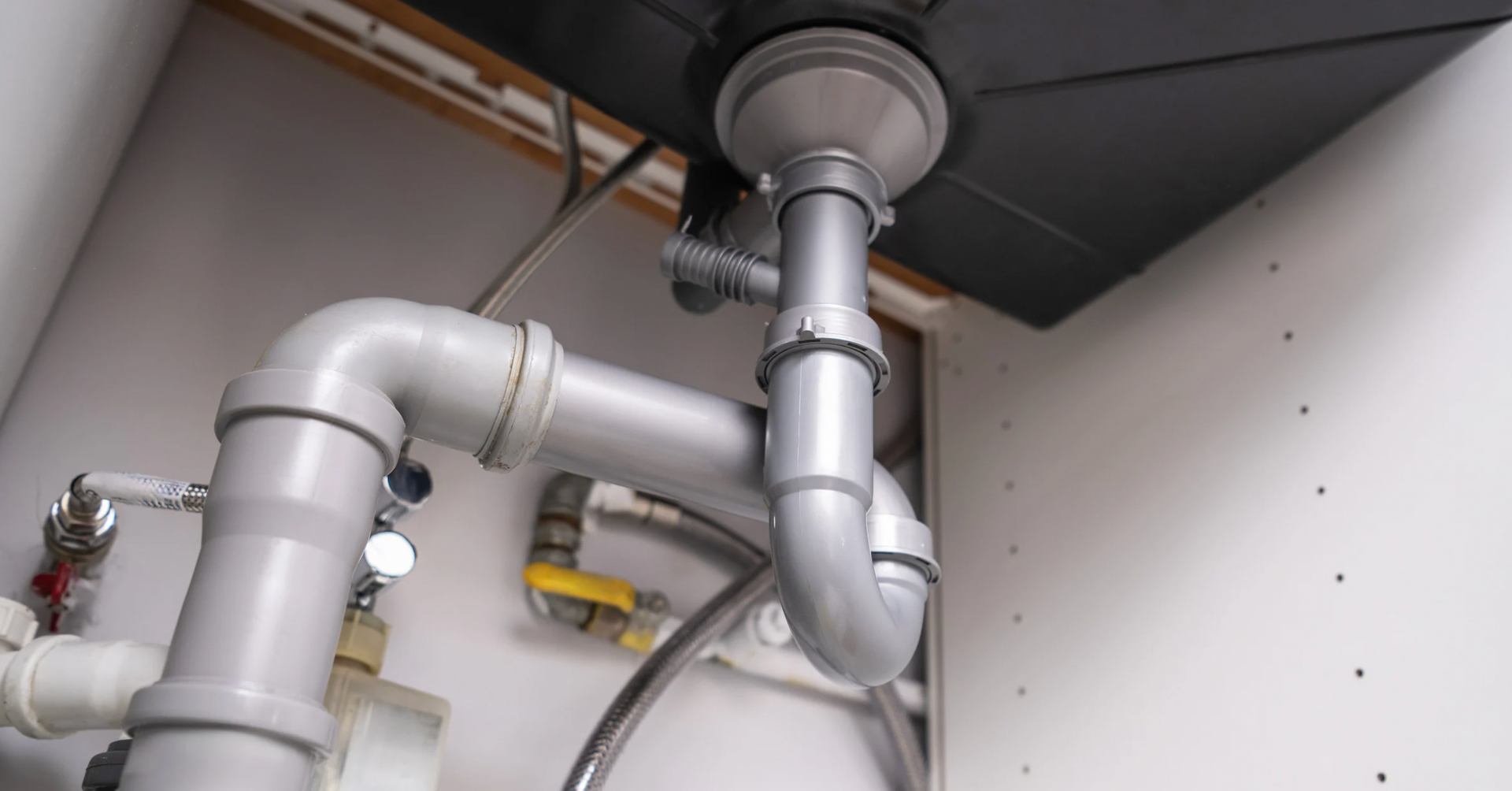

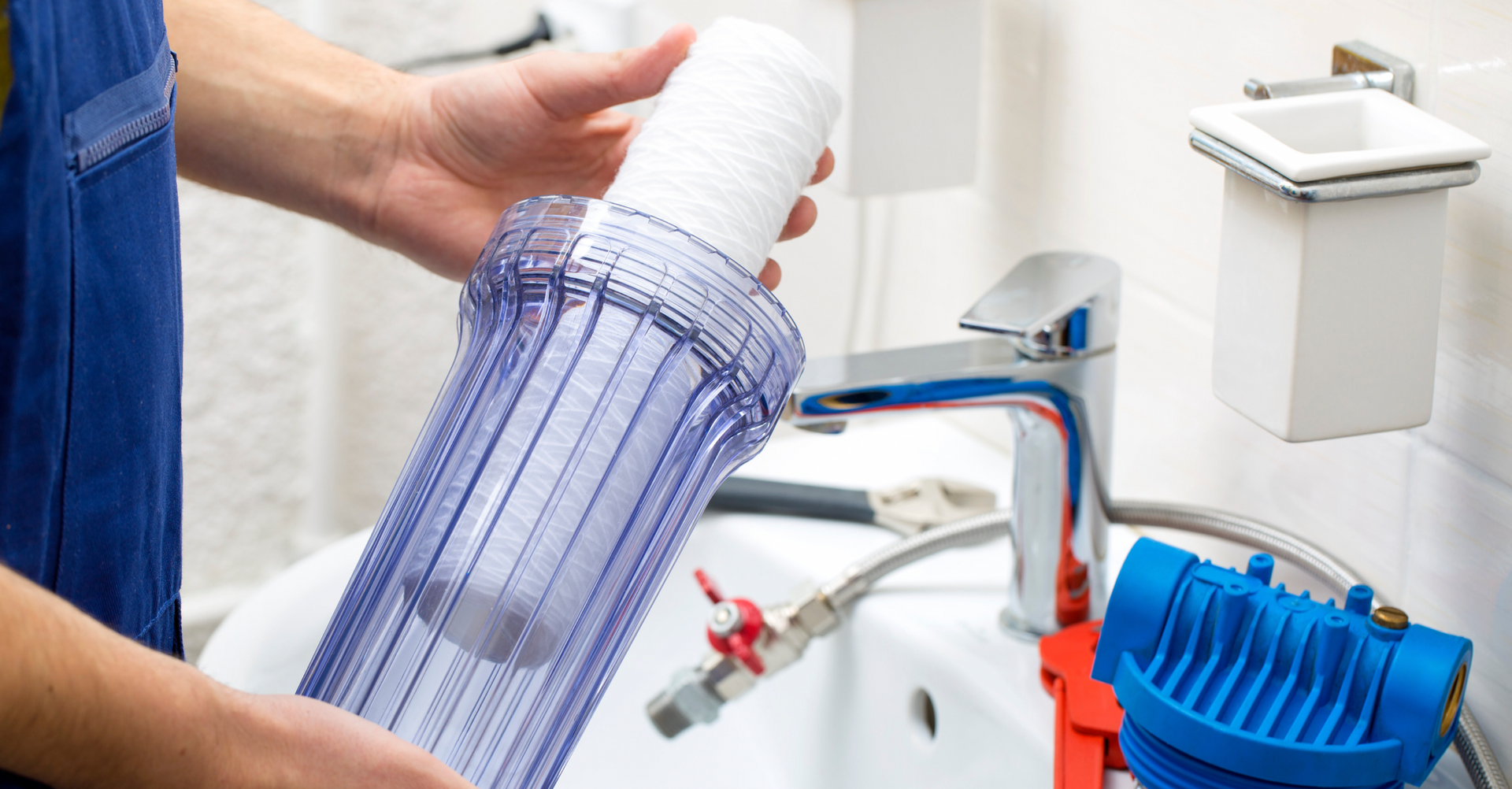

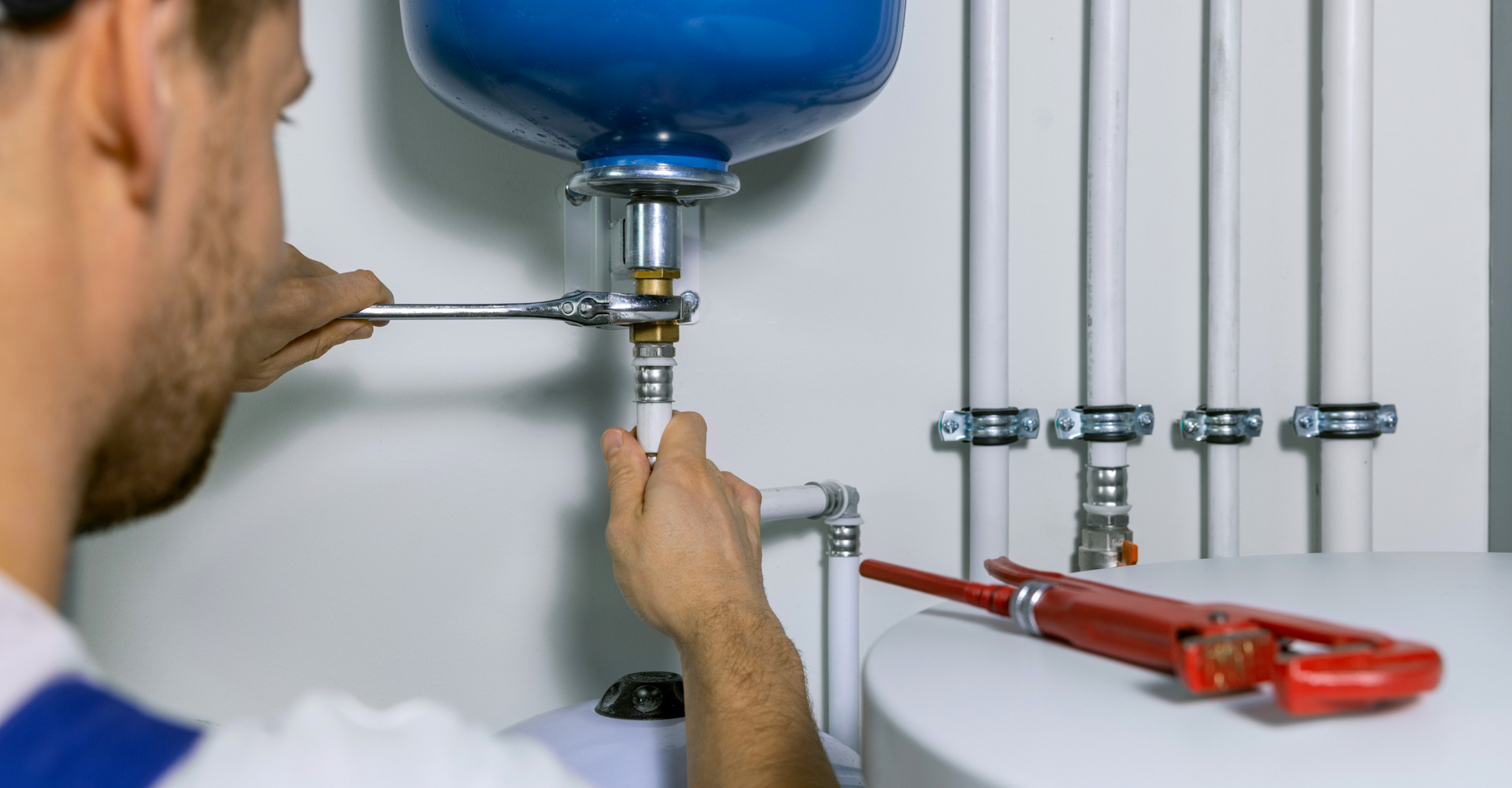
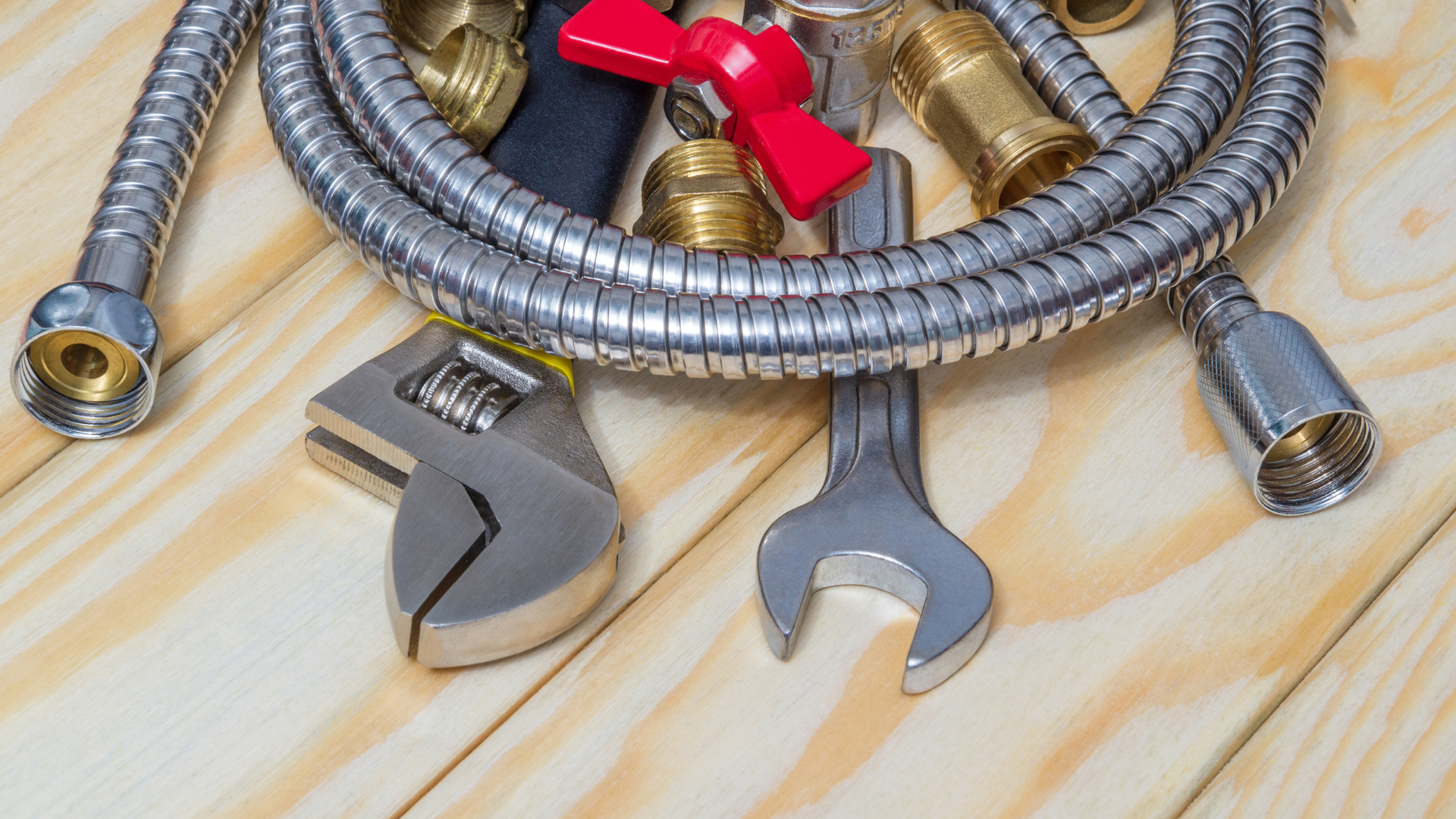

What Happens After I Send My Message?
Our team will review your information.
A team member will contact you as soon as possible.
We will work with you to schedule your service.
Schedule Online
For more information or to schedule a service, call us at (704) 684-4664 or complete the contact form.
Contact Us
We will get back to you as soon as possible.
Please try again later.



